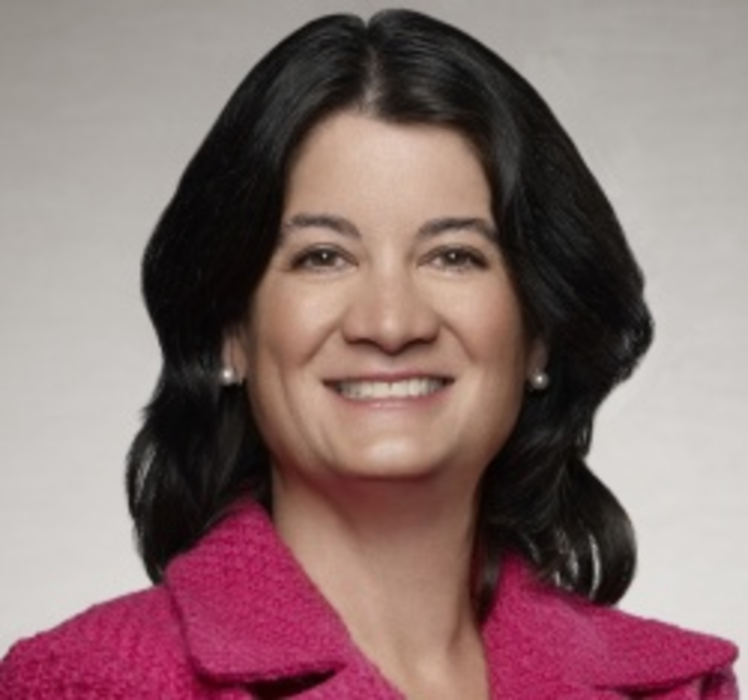Direct mail and traditional media have long played important roles in getting out the vote. With party caucuses and primaries beginning in early 2012 and campaigns already underway in early voting states such as Iowa, New Hampshire and South Carolina, political marketers are betting that direct mail will still drive voters to the polls, but they are also dabbling in newer interactive technologies.?
“Direct mail and traditional media will continue to have a place at the table for some years to come,” said Julian Kingston, COO of Political Data, a California-based political consulting company. “There’s a simple reason for this — older people are much more likely to vote, and they tend to be more connected to traditional media.”?
Young voters went to the polls in record numbers in the 2008 presidential election, with 3.4 million more young voters turning out than in 2004, according to The Center for Information & Research on Civic Learning and Engagement. But younger voters tend to be less politically active, and it remains to be seen if the increased political engagement trend will hold, he said. ?
Direct mail will stay in the political marketing mix, but eventually as a smaller piece in a larger puzzle. “Direct mail isn’t dead, but we have to change the way we look at it,” said Cami Zimmer, president of Campaign Touch, a mobile and digital strategy agency that develops SMS campaigns and mobile apps for political groups. “I’m seeing an increase in the use of quick-response codes on literature that’s sent out. It really doesn’t cost anything extra to include them in direct mail, and it bridges the offline and online worlds.”?
TV advertising will be another reinvented traditional, and universally appealing, medium that better competes with direct mail for political advertising dollars. ?
“Marketers will likely shift dollars away from direct mail to competing direct marketing tactics,” said Joan Gillman, EVP and president of Time Warner Cable Media, who noted that new interactive technologies will give campaigns feedback during TV ads and campaigns will use more video-on-demand advertising. “With this election, political advertisers are leveraging the combination of TV and online to communicate their position on key issues they find most relevant to their local constituents. Older voters tend to watch more political TV programming, so marketing efforts should consider their media habits and aim to reach them appropriately.”?
Despite the argument that the voting base skews older, Zimmer sees mobile as the next frontier in campaign marketing. Mobile data traffic doubles every six months, and research firm Gartner predicts mobile phone browsers will outnumber computer browsers by 2013. ?
“One strategy to winning elections is reaching swing voters,” she added. “These aren’t typically older voters. These are younger people with smartphones. Hispanic and Latino voters are also extremely important in this presidential election, and they have a 45% penetration rate for smartphones.”






